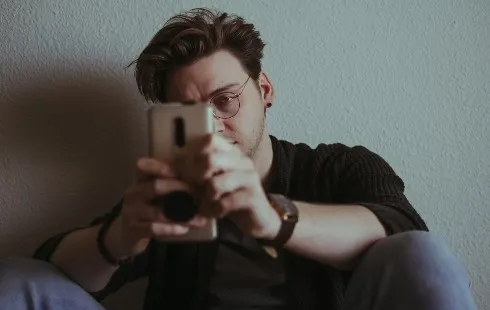
Oktoberfest in the news: How people around see beer's birthday
Section: Arts
Under the current system, learning 'die Schreibschrift' is compulsory for all schoolchildren in Germany but many German teachers consider it as a completely unnecessary and dead-weight tradition.
The national primary schoolteachers union has started a campaign to abolish the compulsory teaching of cursive script.
Hamburg has recently took the rather radical step of introducing a new, easier alphabet called "die Grundschrift" that can take children all the way from tracing their first letters as toddlers to full fluency in adulthood.
It is an idea some German language scholars consider culturally traitorous. Josef Kraus, president of the Deutscher Lehrerverband, the teaching union which represents 100,000 secondary school teachers, said that Grundschrift would be detrimental to both teachers and children. "The legibility will not improve, but rather noticeably worsen, because each pupil will join up the letters however they fancy. The speed of writing will also decrease,"
When they start school, most German children begin by getting to grips with holding a pencil and then printing individual letters. At the end of the first year or the beginning of the second, they are then introduced to the cursive script and its loopier letters, which join together in a prescribed fashion.
"It means they have to learn two scripts one after another, which wastes time and interrupts the learning process," said Hecker. "With Grundschrift, they start with one script and stick with it. They are always going to develop their own handwriting anyway."
Whereas some countries – such as the UK and the USA – do not have a national script, Germany has long had its own style of handwriting, which has developed over the years. Before the second world war, Germans wrote in the highly decorative Stütterlin script, until it was deemed by Hitler to be too parochial and not befitting a world power. In 1941 he replaced it with a "Latin script", which he felt would be more international.
After the war, some schoolchildren were still taught Stütterlin so that they could understand letters from their grandparents, but the art soon died out. Since 1993 the "Vereinfachte Ausgangsschrift" (easier model script) has been on the syllabus.

Section: Arts

Section: Business

Section: Business

Section: Arts

Section: Health

Section: Arts

Section: News

Section: News

Section: Arts

Section: Business
Health Insurance in Germany is compulsory and sometimes complicated, not to mention expensive. As an expat, you are required to navigate this landscape within weeks of arriving, so check our FAQ on PKV. For our guide on resources and access to agents who can give you a competitive quote, try our PKV Cost comparison tool.
Germany is famous for its medical expertise and extensive number of hospitals and clinics. See this comprehensive directory of hospitals and clinics across the country, complete with links to their websites, addresses, contact info, and specializations/services.
One of the most beautiful squares transforms into a summer stage every year for two days. The Gärtnerplatz Open-Air features a free music and cultural program across three stages, as well as street food from local vendors. On Saturday, the main stage at Gärtnerplatz offers something for everyone,...



No comments yet. Be the first to comment!